
For those of us who don’t deal in fonts every day, the number of fonts on offer can seem overwhelming – but it doesn’t have to be.
Serif vs sans serif
Fonts generally fall into two categories – serif and sans serif. Those with small projecting features are known as serifs. Examples include Times New Roman, Garamond and Bookman Old Style.
Fonts that lack these small projecting features are called sans serif (from the French for ‘without’, but usually pronounced ‘sanns’ by printers). Arial, Helvetica and Verdana are the most common. They’re usually used online, but are becoming increasingly acceptable in printed materials.
Print vs screen
The generally accepted wisdom is that serifed typefaces are better for printed material, because the serifs guide the reader’s eye along the line.
However, as the eye doesn’t travel in a smooth line when reading, but in quick jumps known as ‘saccades’, this argument is questionable. In fact, it’s so traditional to use serif for printed material that using sans serif can be a statement of modernity or even (small) rebellion.
Serif fonts aren’t usually used for text intended to be read on screen because on lower-resolution screens the serifs can look fuzzy and inhibit readability. However, some serif fonts, such as Georgia, have been specifically designed to display well even on low-resolution screens (and you can see it in action on the New York Times website).
Readability
So are serif fonts more readable than sans serif, or vice versa? In a word, no. Ask a graphic designer or an editor, and they’re almost certain to give you their personal opinion one way or the other, but studies into readability generally find little or no difference. As user experience consultant Alex Poole says, ‘if there is a difference, it is too small to worry about’.
Reader expectation, however, does have an impact on readability. Hand someone a 50-page report in a sans serif font, and the unfamiliarity of it may well strike a blow. Likewise, people don’t expect to read newspaper-style fonts online. If you’re using one as a conscious style choice, go for it – just be sure it’s justified. (By which we mean that you have justification for it, not that it fits snugly to both sides of the page.)
It’s worth noting that as the quality and resolution of computer screens increases, this distinction is likely to fade. For now, though, it remains.
Pairing fonts
Fonts often look their best when paired in a complementary fashion, where one is used for headlines and another for body text. A good rule of thumb is to use serif for headlines if the body text is in sans serif, and vice versa. But fonts from the same ‘family’, such as Lucida Sans and Lucida Bright, also often work well together. As a general rule, don’t use more than two fonts on a page, unless you’re confident you have good reason. For variation, use different weights or styles within the same family.
When pairing fonts, have a quick look at the proportion of the ascenders and descenders (the tails on your ds and ps, for example) in relation to the letters as a whole. Try to use fonts with similar proportions.
For something that will be read online, the default safe option is Arial for the body text and Times New Roman for the headline. Or you could try Helvetica for the body and Century Schoolbook for headings. For print, if you’re fed up with Times New Roman, try Garamond for the body text and contrasting it with Frutiger or Futura for the headlines. Font availability varies depending on your software and whether you’re using a PC or a Mac, so for a comprehensive list, see Douglas Bonneville’s 19 top fonts in 19 combinations.
Aesthetic choices
The final decision is a matter of judging which one looks most suitable for your message. People can have very different opinions on what ‘looks right’, so there are few hard rules. Generally, serif typefaces appear more traditional, and sans serif typefaces look more modern.
Give some thought to the impression you want to give (and if you’re in any doubt about the impact a font can have, take a quick scroll through these typographical posters). Take into account the intended audience, your own brand identity and the surrounding colour and design. Fonts can have quite distinct personalities. Helvetica, for example, is clean, crisp and neutral. Gill Sans has a 1950s Voice of Authority feeling to it (the BBC use it, and it’s also very close to the now-ubiquitous Keep Calm and Carry On poster). Times New Roman has a certain sense of ‘I’ve not given it any thought, so I’ve used Word’s default font’.
Bear in mind, though, that if the font you want isn’t available in standard packages and you have to buy it in especially, it’s possible that your readers – if they’re reading online – won’t have access to it. In which case, their software or browser will use a substitute font, and there’s no telling how that might change the overall presentation. So, unless your document will be read only in print or on PDF, keep it simple and only use widely available fonts.
Experiment with different combinations, but unless you’re thinking of a whole brand overhaul (in which case, contact a designer, and be prepared for a long and impassioned conversation) don’t overthink it. If it looks good, it’s easy to read and it’ll work on most computers, you can’t go far wrong.
Image credit: Ulyana Mo / Shutterstock
Subscribe
Expert advice to your inbox



